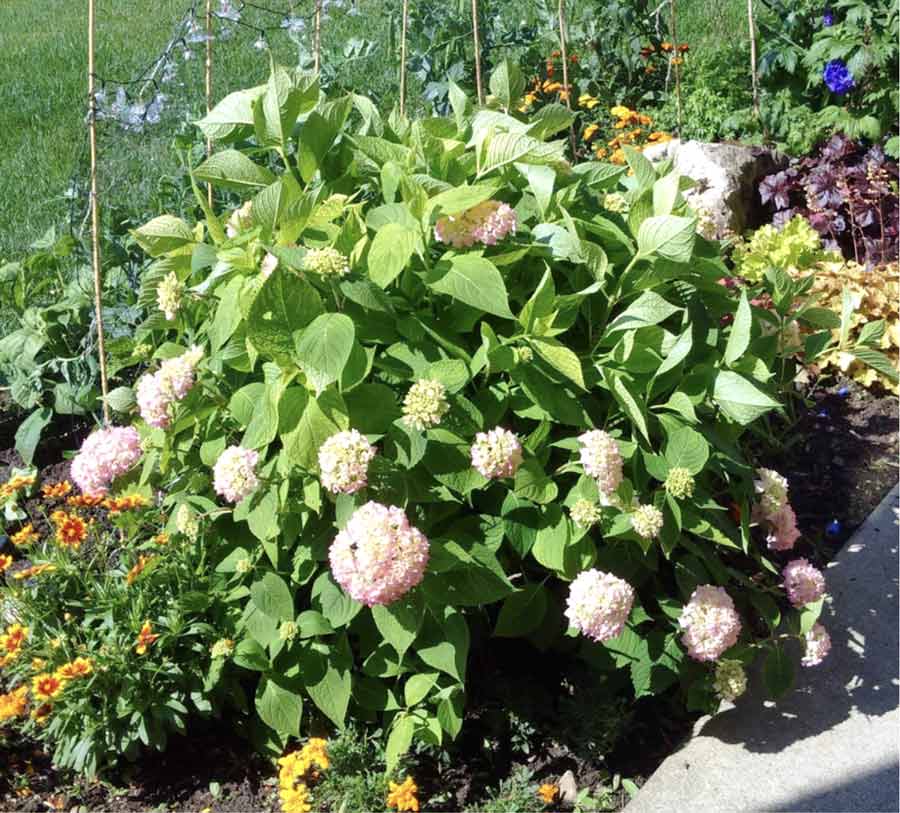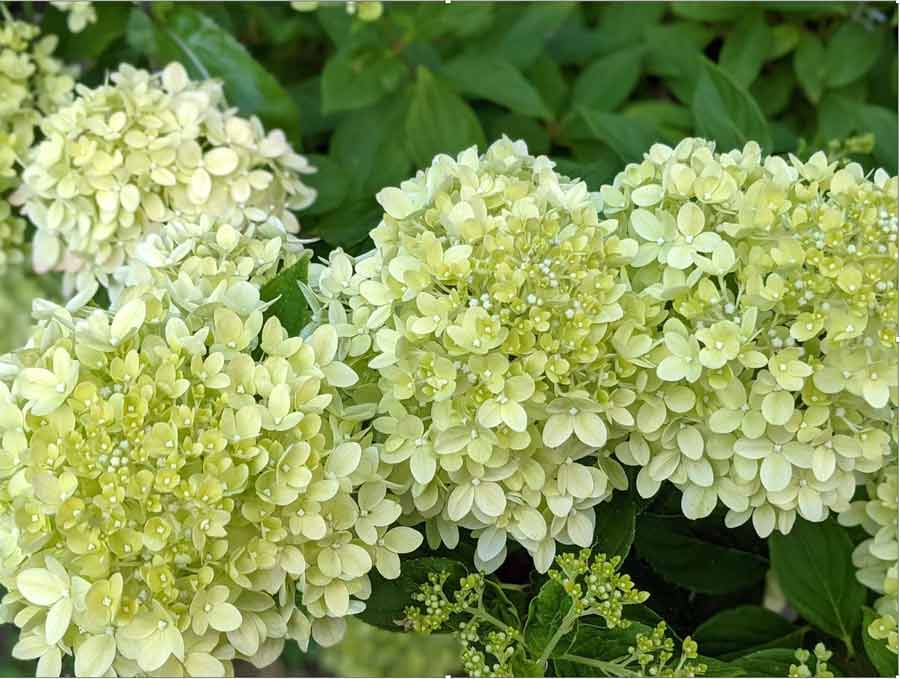WELLINGTON COUNTY – From humble beginnings as a common backdrop in many gardens, hydrangea plants continue to be one of the most popular landscape plants today.
And with the advent of hybridization and development of new cultivars it isn’t too difficult to find one that fits in your garden.
Despite popular belief, hydrangeas aren’t too difficult to take care of, provided you plant them in the right spot.
Some types prefer shade over sun, and they need to be well watered and fertilized until they are established. If you’ve chosen the right variety, they should bloom happily for many years.
One of the most common mistakes in caring for hydrangeas is how and when to prune.
Unfortunately, pruning at the wrong time can result in no blooms the following year.
Thankfully, there are only two options of when to prune hydrangeas — and once you know which column your plant fits under, it’s an easy routine.
Type 1: plant blooms on old wood
This means the plant will set its buds in the fall, on the current year’s growth.
Pruning this type of hydrangea will result in loss of the buds, and no blooming. They should be pruned in the summer, shortly after blooms are finished.
Remove spent blooms back to a strong set of buds, and prune any poor performing stems.
The major types of hydrangeas in this category are: Hydrangea macrophylla (bigleaf and mophead types, such as lacecap cultivars), Hydrangea anomola subsp. petiolaris (climbing) and Hydrangea quercifolia (oakleaf).

This Hydrangea macrophylla Endless Summer blooms on old wood and should be pruned in summer after it blooms. Photos by Heather Rajotte
Type 2: plant blooms on new wood
This means buds are formed during spring and early summer on that year’s new growth.
These types of hydrangeas should be pruned in late winter or early spring.
I recommend leaving the spent flower heads on in the winter as many birds enjoy them for nesting material.
In early spring, deadhead back to a strong set of buds and remove any spent stems back to the ground.
These types of hydrangeas will also tolerate an overall hard cut to the ground when overgrown or needed.
The major types in this category are: Hydrangea paniculata (panicle, such as Pee Gee and Limelight cultivars), and Hydrangea arborescens (smooth, such as Annabelle)
Of course there are a couple new cultivars that bloom on both old and new wood, such as the Endless Summer series.
These plants require almost no pruning – just removal of dead stems in the spring, and deadheading only if desired after blooming.
Proper pruning of your hydrangea will result in bountiful blooms all season long, and doesn’t require much effort.
Grab your pruners and try it!
***
Written by Heather Rajotte, Guelph Wellington Master Gardeners




